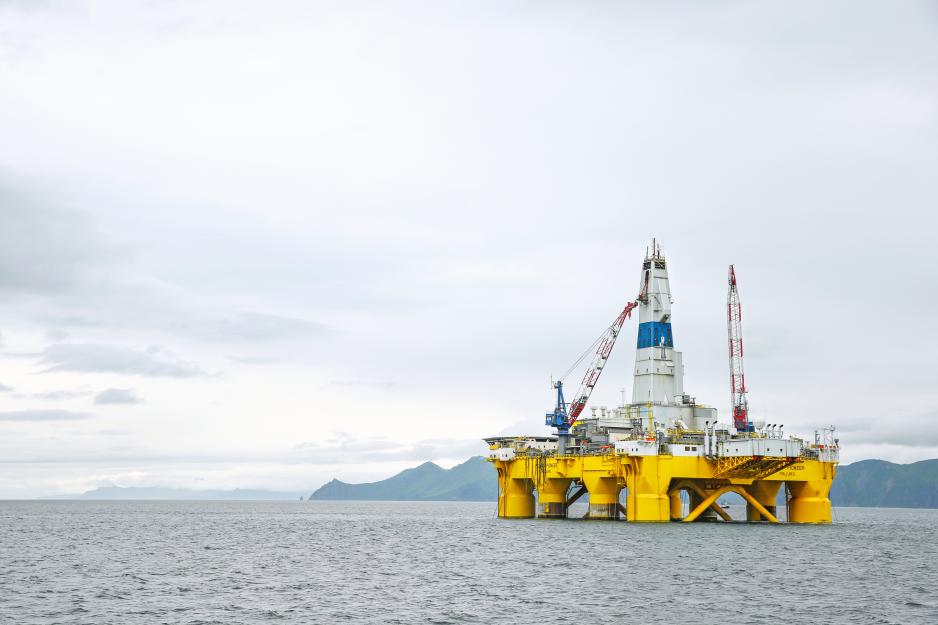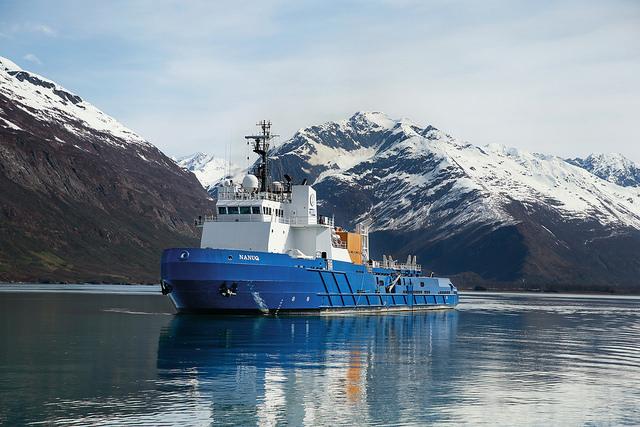Shell seeks to keep its licenses in the US Arctic Ocean

Royal Dutch Shell stopped exploratory drilling in the Chukchi Sea three months ago, but are not willing to give up its licenses yet.
The oil company filed an appeal on December 15th challenging the Interior Department’s decision earlier this year not to extend the company’s leases in the Beaufort and Chukchi Seas north of Alaska. The Interior Department decided to cancel potential offshore leases in the US Arctic in October this year. This means that the leases are scheduled to expire between 2017 and 2020.
No longer considered competitive
Shell requested a five year extension from the government based on “circumstances beyond Shell’s control” preventing them from drilling in 2005-08. The Interior Department denied this request because Shell had not demonstrated specific plans to continue drilling. In the decision letter, the Department specifically refers to Shell’s exit of the Chukchi Sea in the end of September this year as grounds for denying the request for extension. Upon the decision to exit the US Arctic, Shell publicly stated that it would not undertake further exploratory drilling activities in the Chukchi or Beaufort Seas “for the foreseeable future.”
The request to extend the leases comes after other companies have abandoned Arctic oil exploration. In November this year Statoil withdrew from its leases in the Alaska because “the leases in the Chukchi Sea are no longer considered competitive within Statoil’s global portfolio.” Statoil’s leases in the US Arctic were also cancelled by the Interior Department in October this year.
Shell was the first and only oil company to start exploratory drilling in the Chukchi Sea, but stopped after barely a month due to high costs, high regulations and disappointing results.
Despite this decision, Shell said in October that it was considering options to protect the remaining value of the assets and leases.
Wants to preserve options
According to Alaska Dispatch News Shell is arguing that it was prevented from conducting exploratory drilling earlier in its leasing period because of regulations restricting operations, limited availability of rigs and uncertainty about US federal rules for drilling in Alaska. The Interior Department on the other hand, says that Shell bought their leases under these conditions, knowing that they had 10 years. Thus, extending them would not be fair.
Although holding on to these leases is expensive, Shell wants to preserve options to drill in the US Arctic in the future.
The area is estimated to hold 27 billion barrels of oil and 132 trillion cubic feet of natural gas, and Shell is not willing to give that up easily - even if exploring is too costly right now.
According to Alaska Dispatch News, the dispute between Shell and the Interior Department is expected to undergo an administrative review by the US Interior Board of Land Appeals, which could delay a final judgment until after a new president takes office in January 2017.

